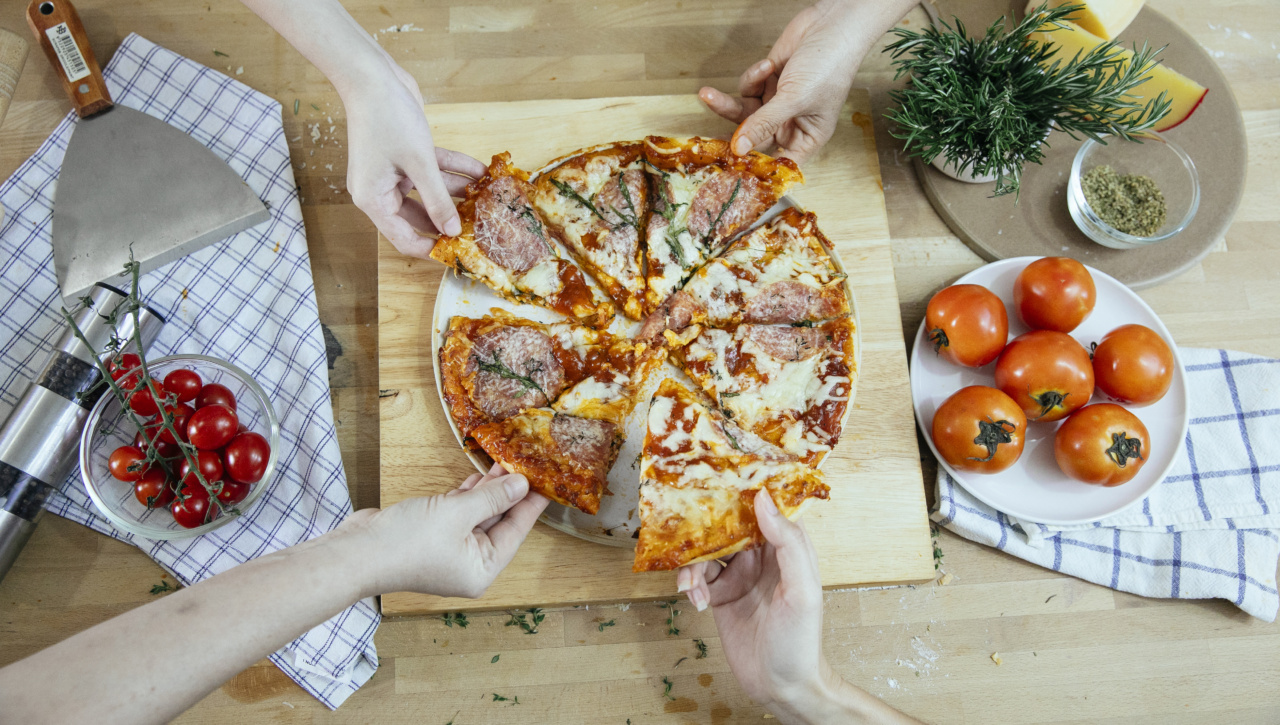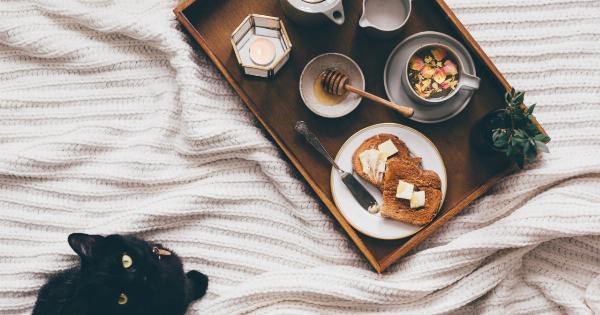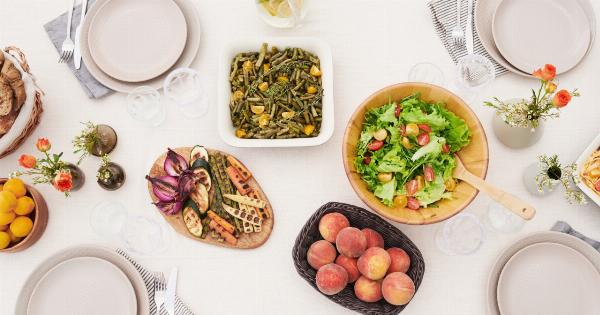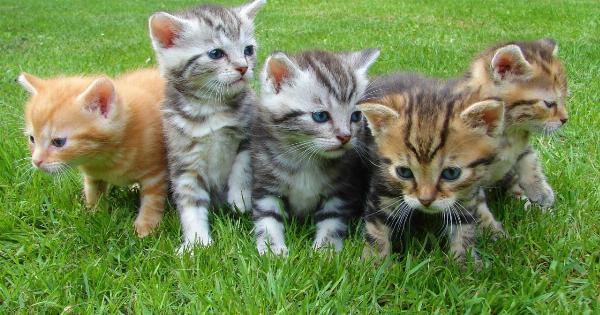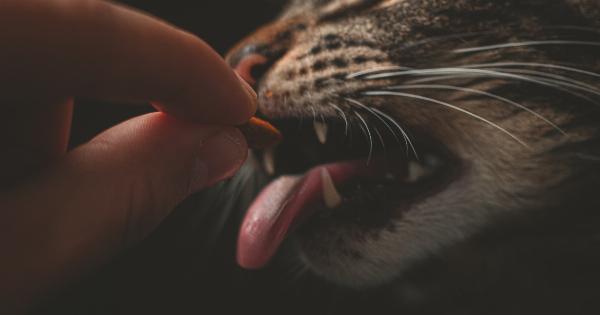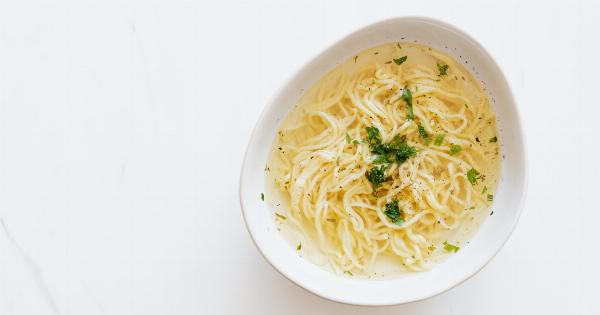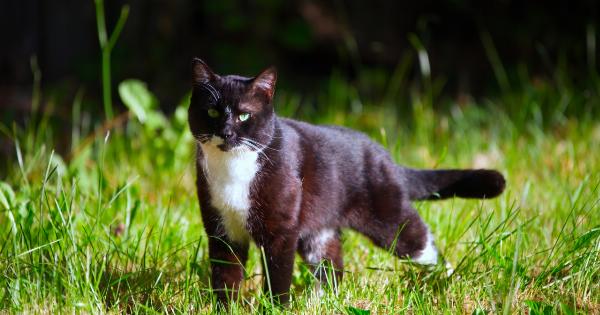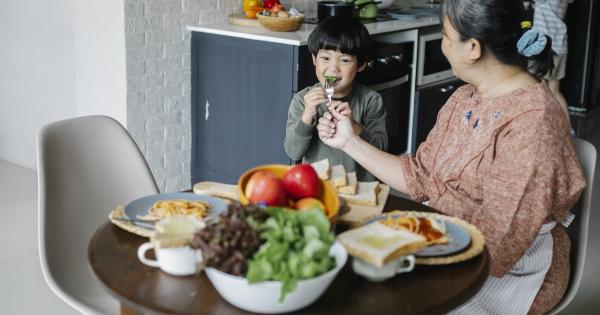When it comes to feeding our feline friends, homemade meals can be a healthier and more nutritionally balanced option than commercial pet foods.
With homemade meals, you have control over the ingredients, the quality of the food and the preparation process.
Planning a homemade meal for your cat
Before you start cooking for your cat, it’s important to know your feline friend’s nutritional needs. Cats are obligate carnivores, which means they require a diet high in animal protein.
They also need certain nutrients such as taurine, vitamin A and arachidonic acid, which can come from animal-based ingredients such as meats and organs.
Consult with your veterinarian or a veterinary nutritionist to create a balanced and complete homemade meal plan that meets your cat’s individual nutritional needs.
They can recommend specific ingredients and ensure that the diet you provide is properly balanced.
Ingredients for homemade cat food
The following ingredients are commonly used in homemade cat food:.
- Protein sources such as cooked chicken, turkey, beef, fish or eggs
- Organ meats such as liver, heart and kidneys
- Cooked carbohydrates such as brown rice or sweet potatoes
- Vegetables such as carrots, peas or spinach (in small amounts)
- Additional supplements such as calcium, taurine and fatty acids
It’s important to use high-quality, fresh ingredients that are suitable for human consumption. Avoid using ingredients such as onions, garlic, chocolate, grapes and raisins, as they can be toxic to cats.
Cooking homemade cat food
When cooking for your cat, it’s important to prepare the food properly to avoid any health risks such as food poisoning. Use separate cutting boards, utensils and cookware for your cat’s food and wash them thoroughly between uses.
Cook all meats and organs thoroughly to avoid the risk of bacterial contamination. It’s also important to avoid using any seasonings or spices in your cat’s food, as they can be harmful or upsetting to their digestive system.
Feeding homemade cat food
When starting a homemade diet for your cat, introduce new foods slowly and gradually to avoid any digestive upset. Feed your cat small portions of homemade meals to ensure that their stomach can handle the new food.
During the transition phase, monitor your cat’s weight, body condition and overall health to ensure that they are receiving proper nutrition.
It’s important to maintain a consistent feeding schedule and portion sizes for homemade meals to ensure that your cat is receiving a balanced diet. Talk to your veterinarian about the appropriate portion sizes for your cat’s individual needs.
Other considerations
If you are unable to prepare homemade meals for your cat on a regular basis, there are other options for providing healthy, homemade-style food.
Look for pre-packaged, raw or frozen meals that contain high-quality ingredients and are complete and balanced. Read the labels carefully and choose a reputable brand that meets your cat’s nutritional needs.
Finally, it’s important to remember that feeding your cat a homemade diet requires a commitment to providing proper nutrition, time and effort.
Be sure that you are prepared to meet these requirements before embarking on a homemade feeding plan for your feline friend.
Conclusion
When done properly, homemade meals can be a healthy and nutritionally balanced option for your cat.
By using high-quality, fresh ingredients and carefully preparing the food, you can provide your feline companion with a diet that meets their individual nutritional needs. Consult with your veterinarian or a veterinary nutritionist to create a balanced and complete homemade meal plan for your cat.
